Interesting whisky myths, learnings and facts.
let’s begin
I get asked a lot of questions about whisky both through the blog and in my day job consulting with whisky brands (amongst others) and some of the questions I’ve been asked come up time and time again so set out to ask a few specially chosen experts to help understand interesting whisky myths, learnings and facts.
Is there a reason for green vs. white bottles for whisky?
I asked the tour manager at Ardbeg about the colour of the glass and how it affects the liquid and, despite knowing the marketing reason behind it, I was keen to understand the distillers’ viewpoint. He explained that it prevents light strike ruining the quality of the liquid and means that there is no need for chill filtering as the liquid won’t appear cloudy through the dark glass.
BUT
A lot of the reasoning behind green bottles is style and marketing. The perception in the Scotch industry can be that the older and darker the whisky is the better quality it is, which, in quite a few cases, it not the case. Sadly it is an ingrained perception, especially in poorly-trained store staff who falsely advise based on colour of the liquid vs. quality and taste of the liquid.
So over the years brands have played to this, dressing lightly coloured whiskies in darker glass to avoid the assumptions made from seeing a lighter liquid. Imagine how powerful any Ardbeg release is, yet it i surprisingly light in colour. It makes sense to remove potential veto factors.
Why do we refer to 57% ABV (UK, 50% ABV US) as 100% proof?
When I asked one of the Grant’s brand ambassadors about the origins of 100% proof, I was told that it originated from navy officers not being trusted not to dilute the liquor meant for the sailors to make it stretch further so the sailors would put gun powder in the liquid knowing that it would still fire if the liquid was above 57% ABV. When the sailors were satisfied by the gunpowder firing they proclaimed that it was 100% of the liquid not being diluted. Incredible where these things come from eh?
Can you keep open bottles of whisky for longer than a year?
One of the chaps at Laphroaig advised me that whisky will last decades once open providing you keep the cork in, if the bottle has a screw cap instead of a cork seal it will not last as long, but provided you keep it out of light, natural or artificial, it will last a couple of decades no problem.
Why must bourbon brands use new casks and why do Scotch brands have to use used casks?
The brand manager for a well known blended Scotch informed me that the requirement for only brand new casks to be used in the production of bourbon and rye is not down to specifics of flavour, of ancient production mandatories or to keep traditions alive, it is actually down to lobbying.
Those who has not watched The West Wing may not be used to the vast amount of corporate lobbying that goes on in Capitol Hill, Washington DC to ensure certain companies, people and products are featured or helped by legislation. This is exactly what happened with the Cooperage Union at the end of prohibition, who successfully negotiated, with the help of external pressure, for the American whiskey industry to only use new casks for each spirit fill. It ended up being positively embraced by most brands and is now rather romantically thought of as an essential component in the American whiskey creation process.
How much do brands pay to revive old distilleries?
All formerly-defunct Islay distilleries seem to have been bought for £7m each by whichever ‘big brand’ ended up taking it over in the ‘90s or early 00’s. Inevitably, each one tells of around £5-5.5m being spent on securing the existing aged stock with the rest being for the distillery, brand and land. This is true of both Bruichladdich, revived by Remy Martin, and Ardbeg, revived by Glenmorangie that I know of thus far.
How did rye whiskey come about?
Rye was born in the north eastern parts of the United States during the revolution era. When English blockages the harbours, US ran out of rum so created whiskey from rye grain. Bourbon did not take over as America’s whiskey until after prohibition. Little known fact; as well as being the president of the United States, George Washington was the country’s largest producer and distributer of rye whiskey in the USA.
Why is there a three-year legal minimum on spirit being called whisky? How did it come about?
Originally the legal minimum was set at two years in 1915 as they needed to stop alcoholism in Scottish World War One munitions factories to keep the people on the ammunition production line safe so by setting this limit they killed off whisky production for two years, helping the war effort. This was later raised to three years in 1917 as the war rattled on so nothing to do with quality!
What other whisky myths would you like debunked? Any that you’d be able to expand on or help add context to?



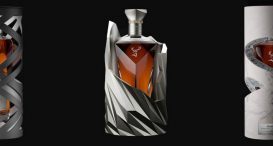
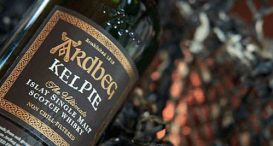

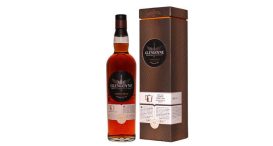

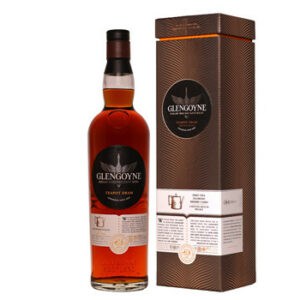
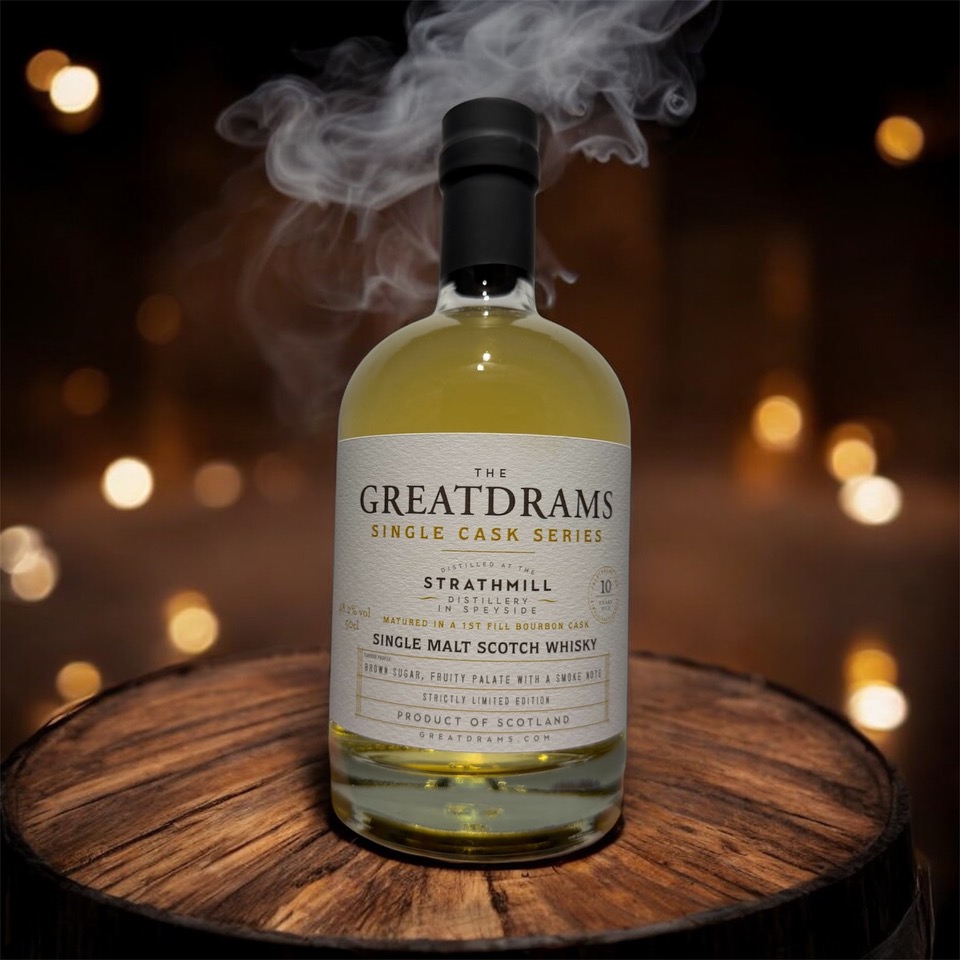
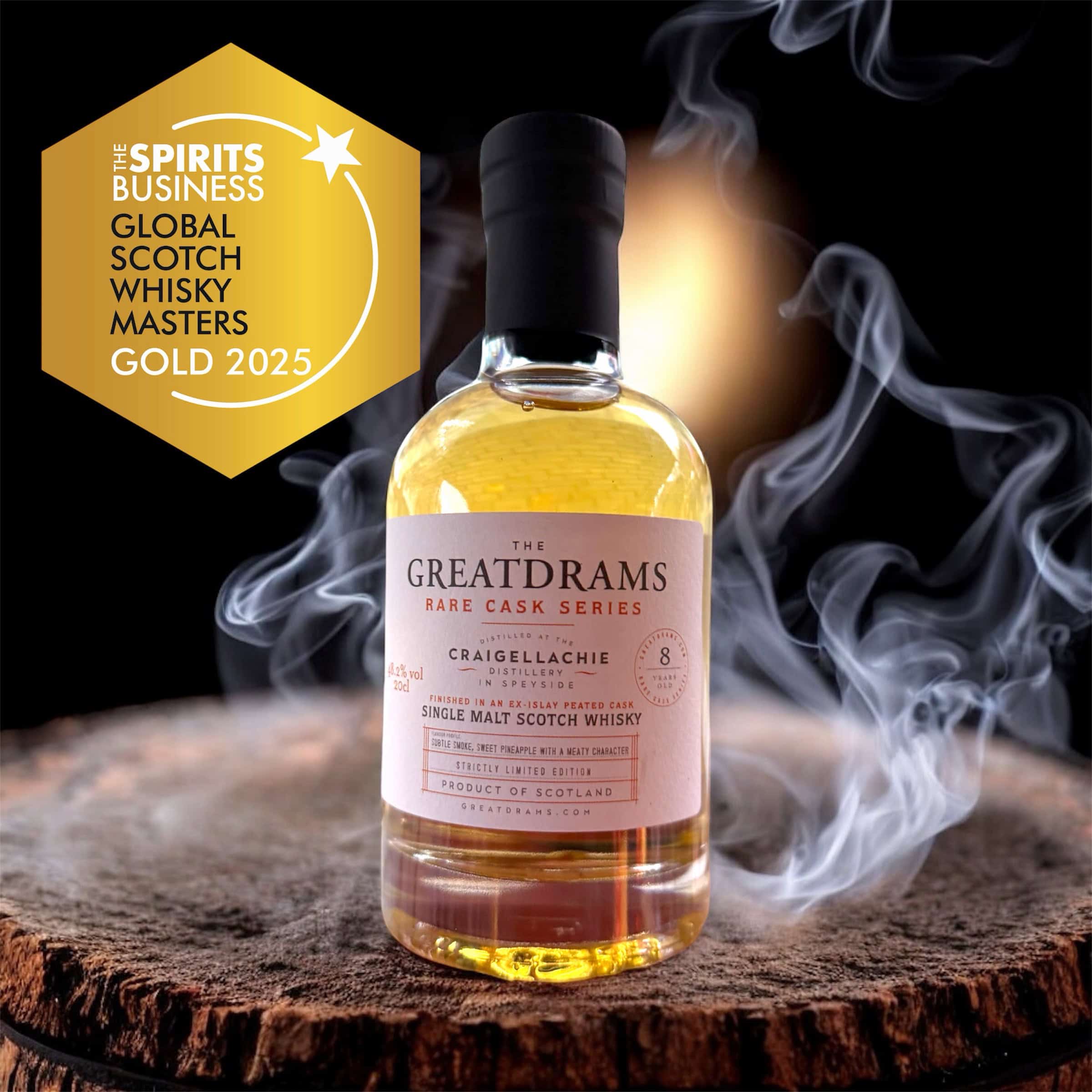
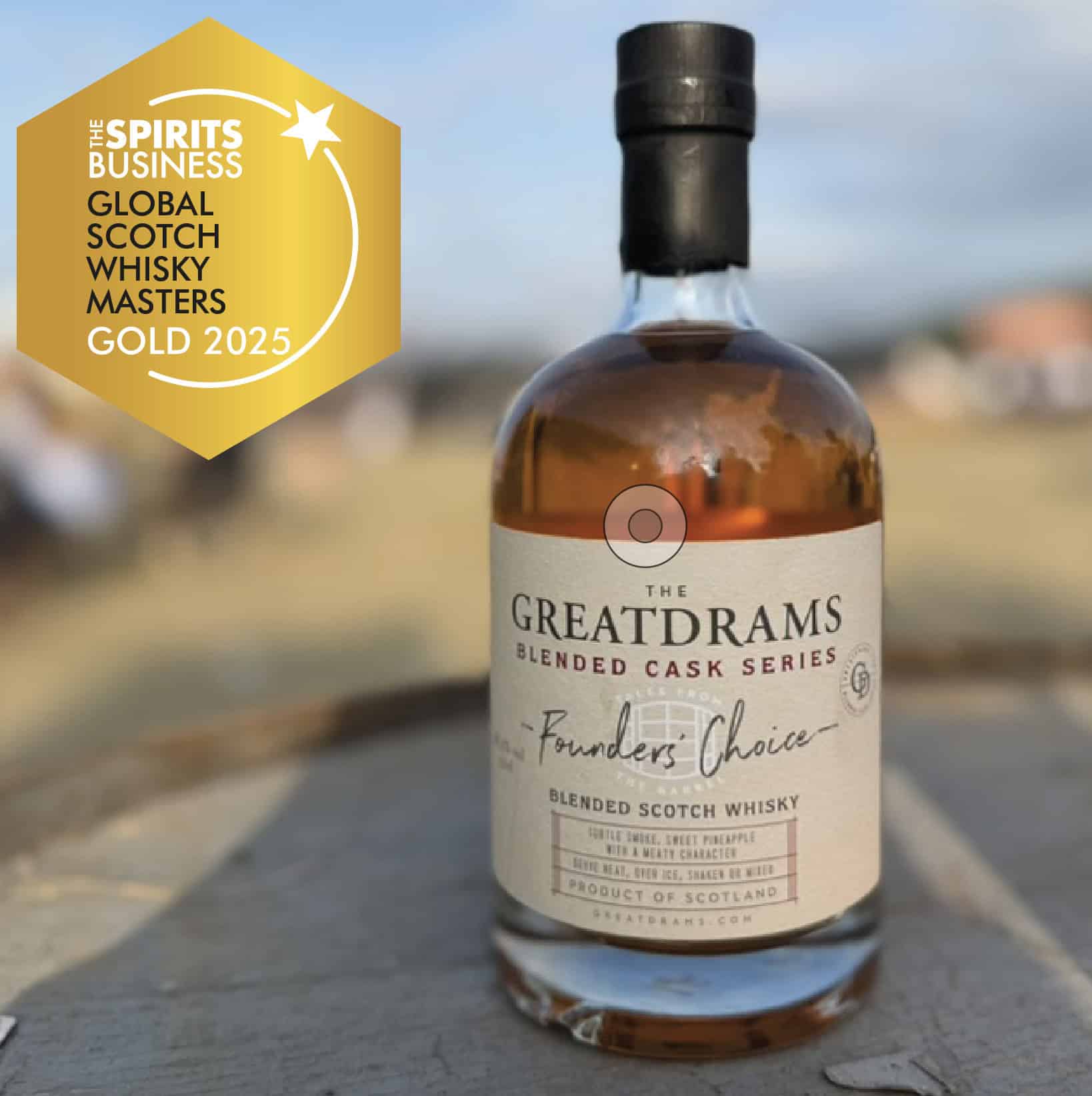

1 thought on “Interesting whisky myths, learnings and facts.”